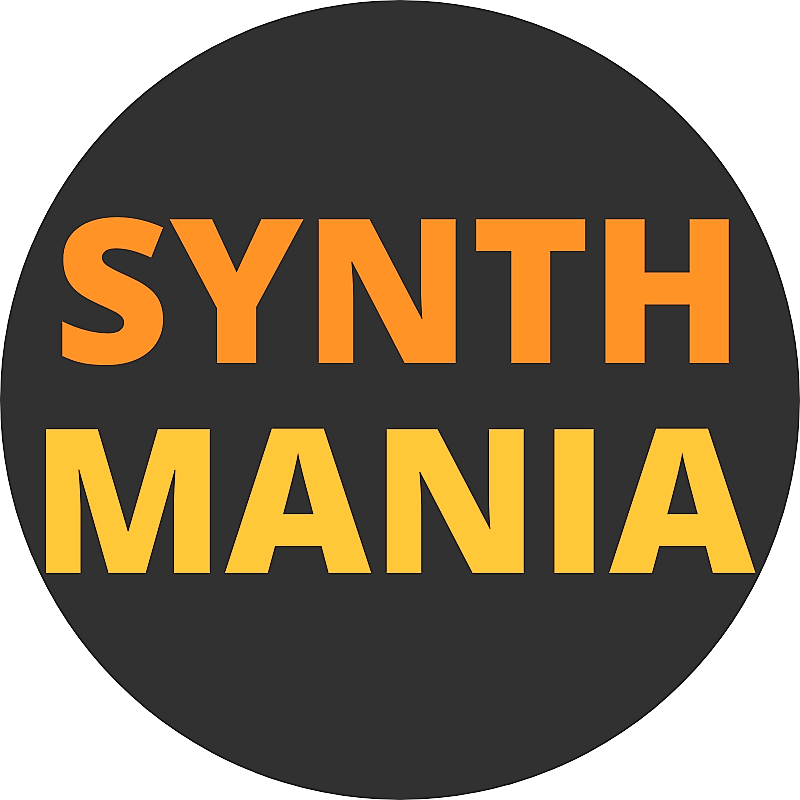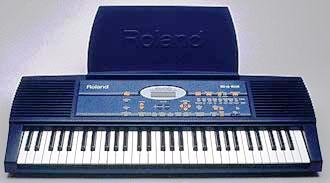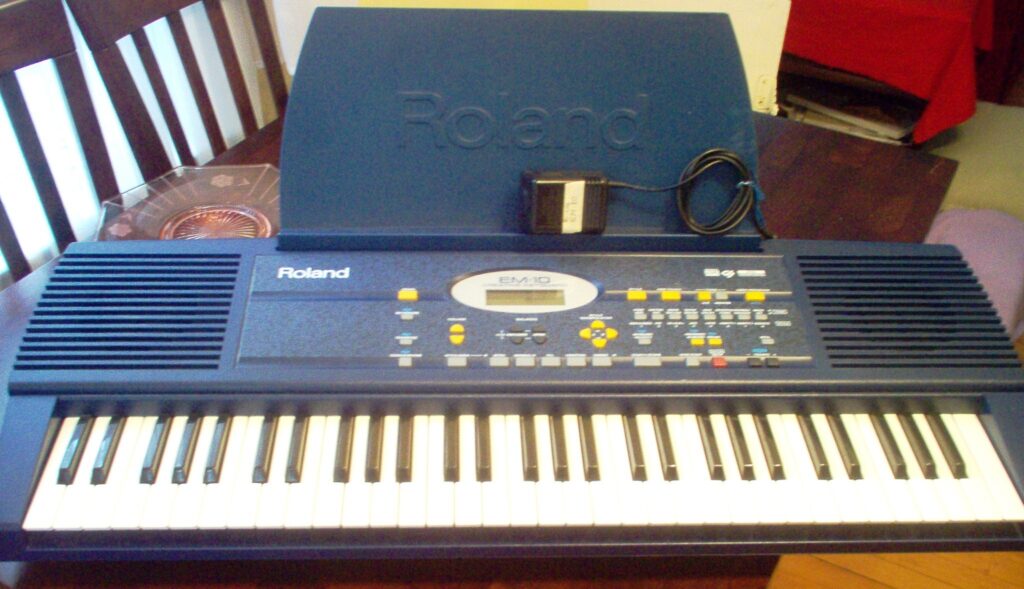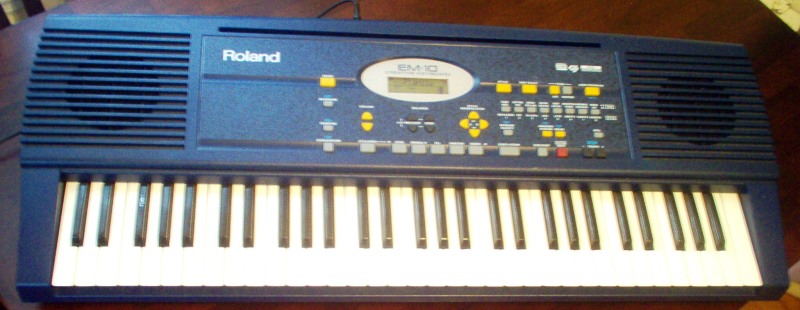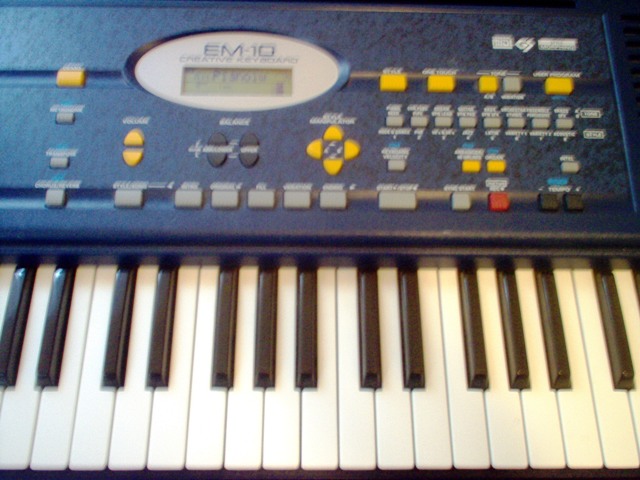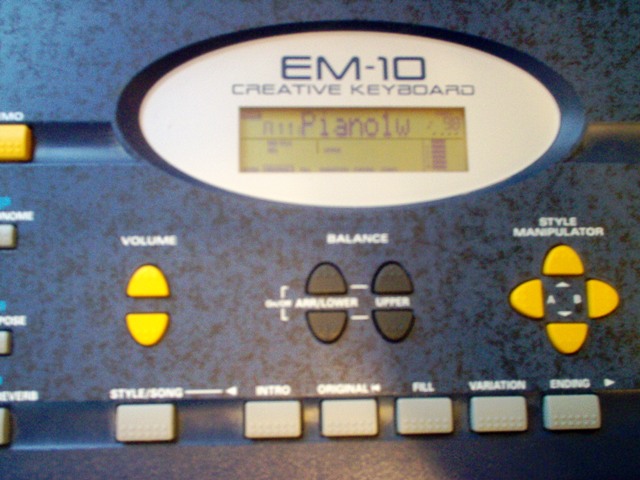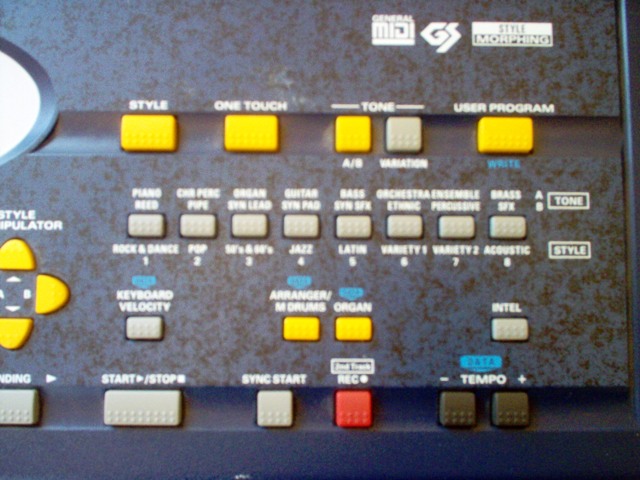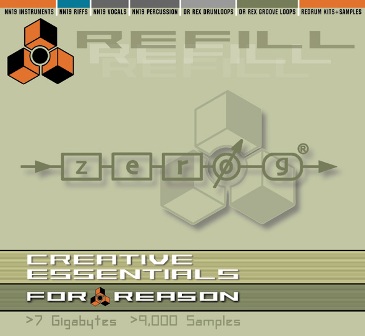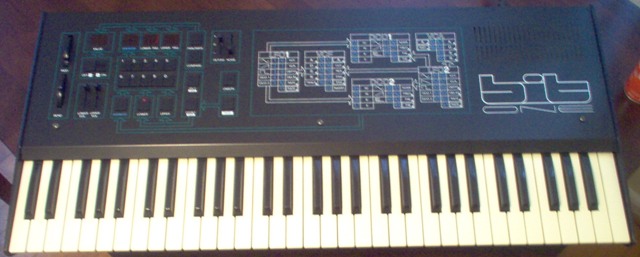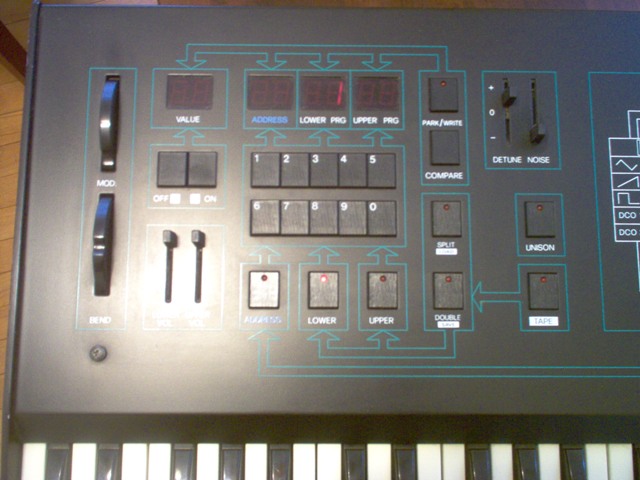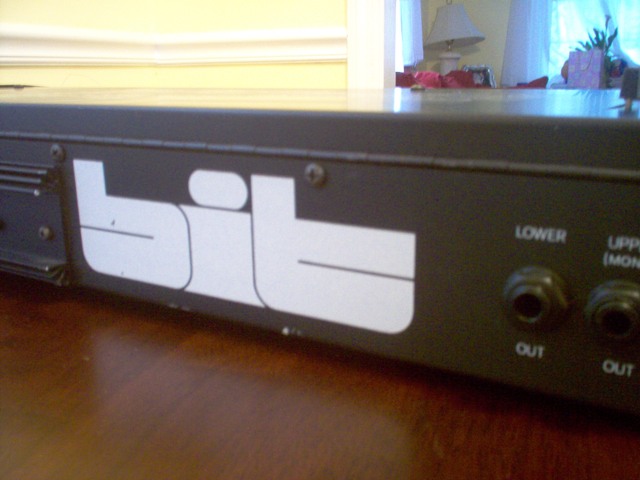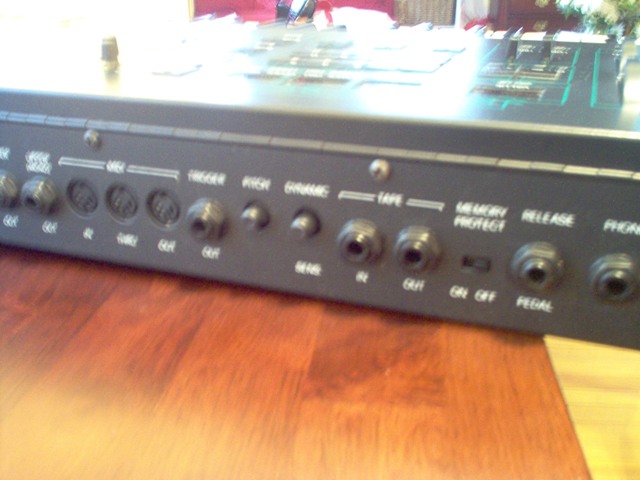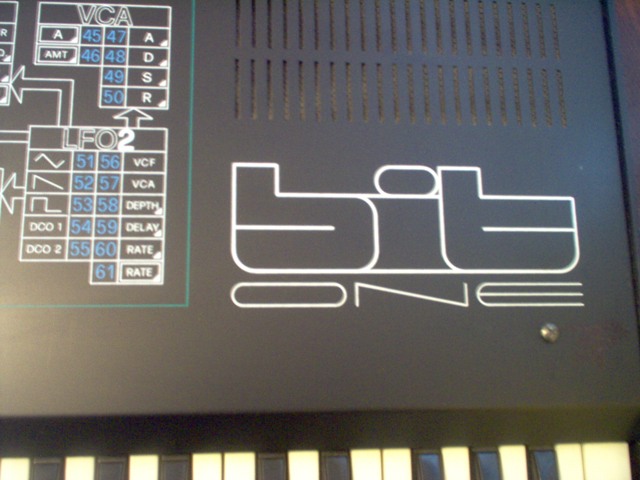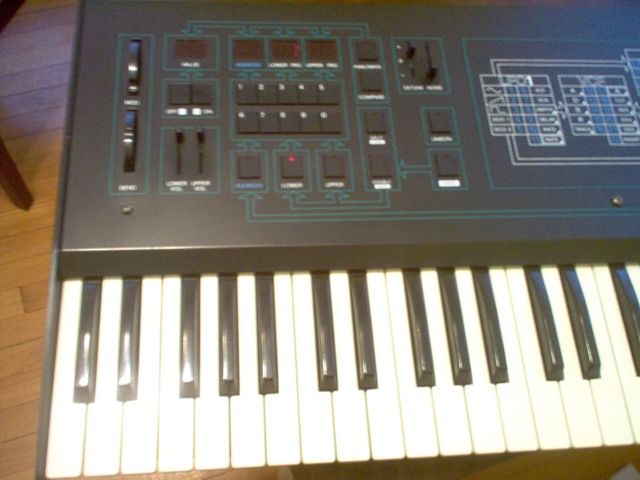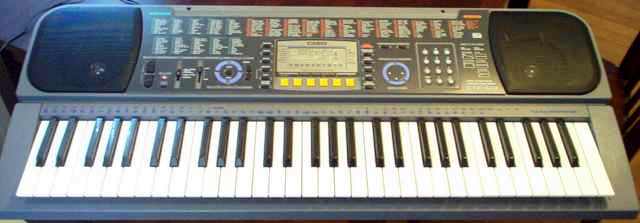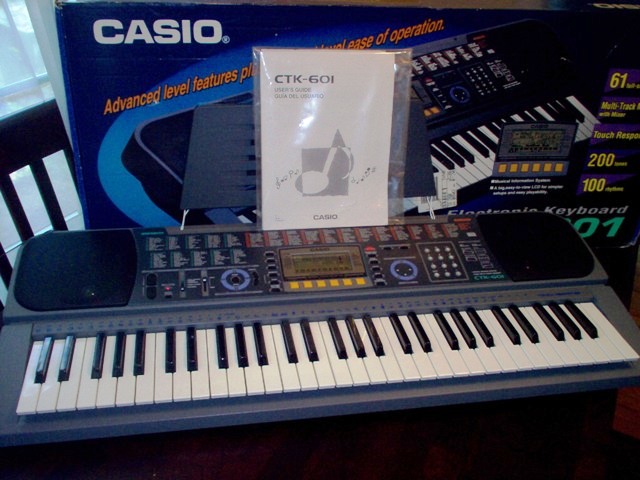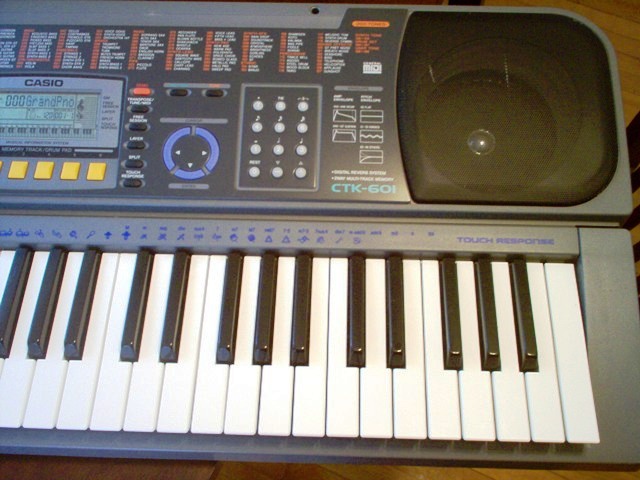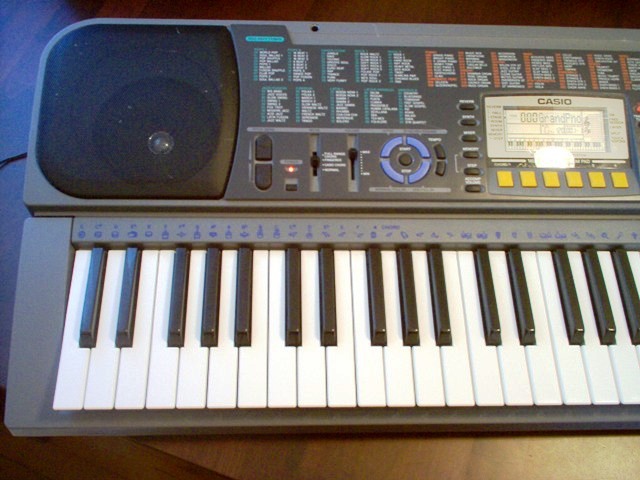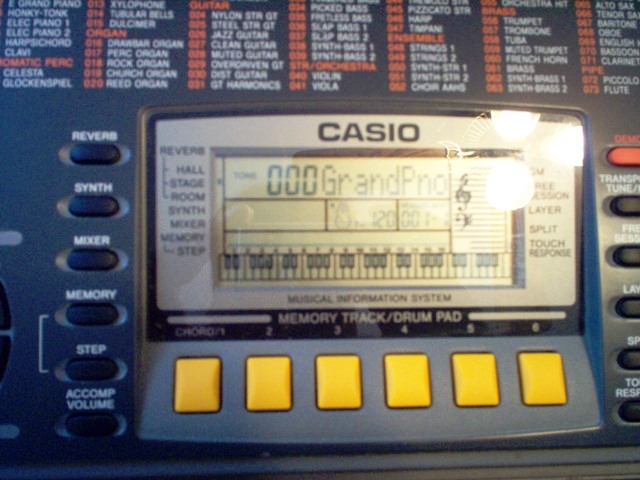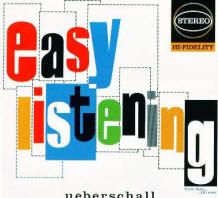
Sample CD-ROM library in audio & Akai format
Alpha Dance II is the sequel to Best Service’s Alpha Dance, one of the classic techno-dance CDs of the early-mid 1990s.
Alpha Dance II comes in two CDs – one that contains the audio format, and the other one containing the Akai CD-ROM portion of this collection. There is a generous 300MB of samples, all geared for dance production.
This collection was produced in Berlin in 1995, and naturally the style best suited to it is mid-90s techno-house. All the elements needed in a dance production are present, including liquid house organs, superb sequencer lines, analog-sounding and evolving pads, several different types of synth FX, bleeps, zaps, sub bass, vocals, acoustic and electronic percussion loops, lead synths, basses, vocoders, and more!
The nice thing about this CDs is that the samples were all recorded very dry and clean; that gives the users the ability to apply their own effects and production tricks.
Check out the following demos of individual patches from Alpha Dance II:
Best Service Alpha Dance II audio demos
The original factory demo song. This song will give you an idea of how much you can do with just a sampler and a well-produced sample CD like this.
And here below I’m adding some examples of the single sounds contained in the Akai CD-ROM. All examples were played from Propellerhead Reason 3’s NN-XT sampler, going through the RV7000 reverb (running programs matched to the nature of the samples) – going through the default Mastering Suite.
Best Service Alpha Dance II audio specs
| Year of release: | 1995 |
| Polyphony: | n/a |
| CD type: | Audio + AKAI |
| Partitions: | Six (A – F) |
Links
